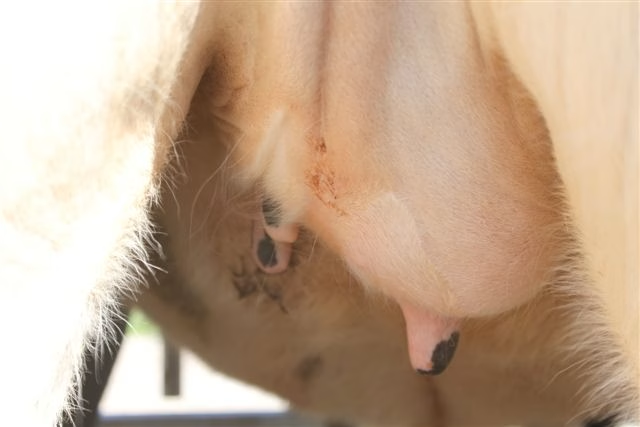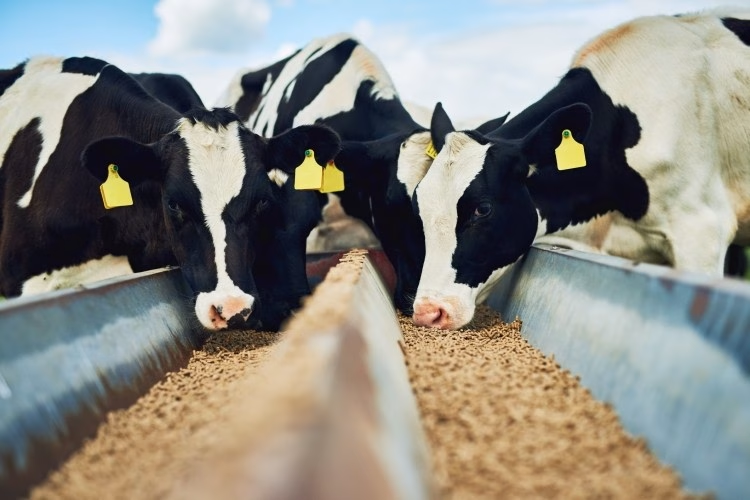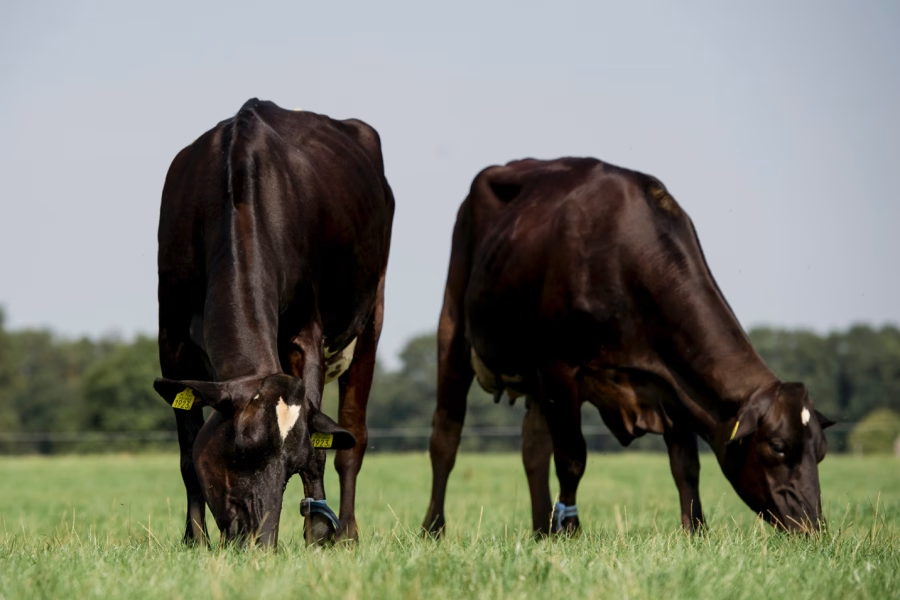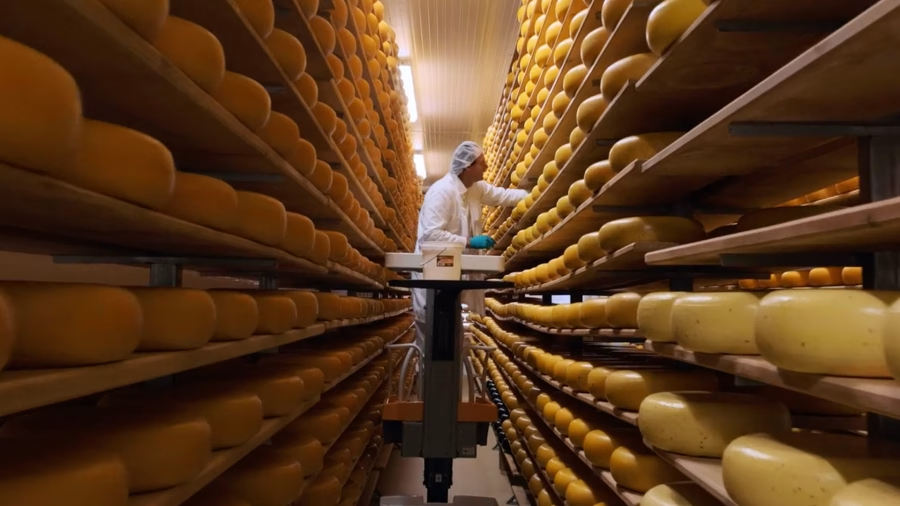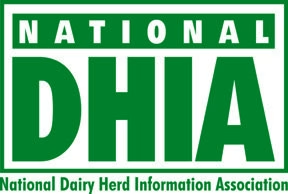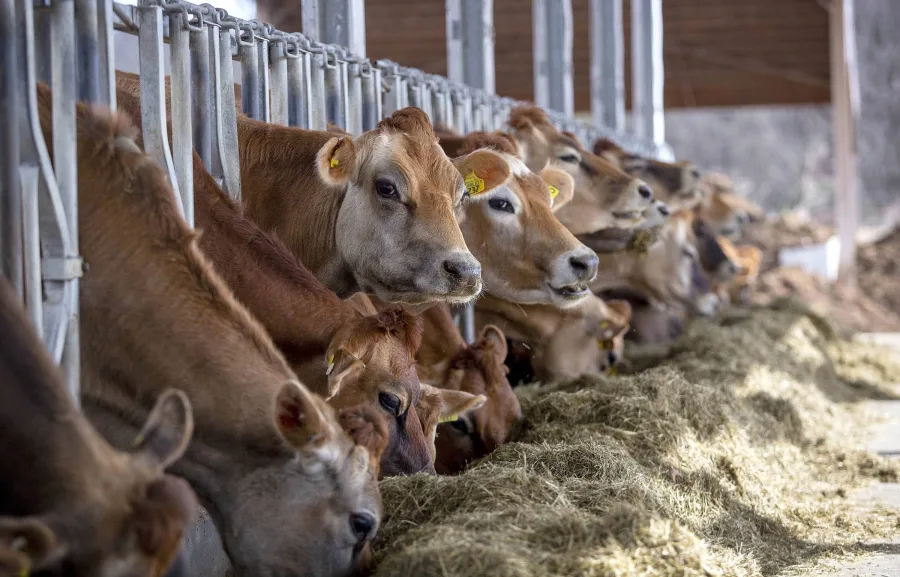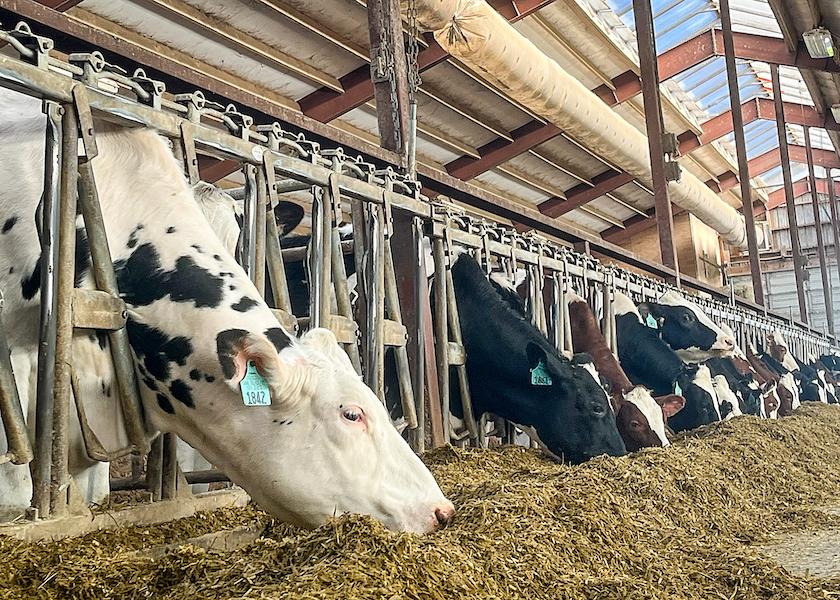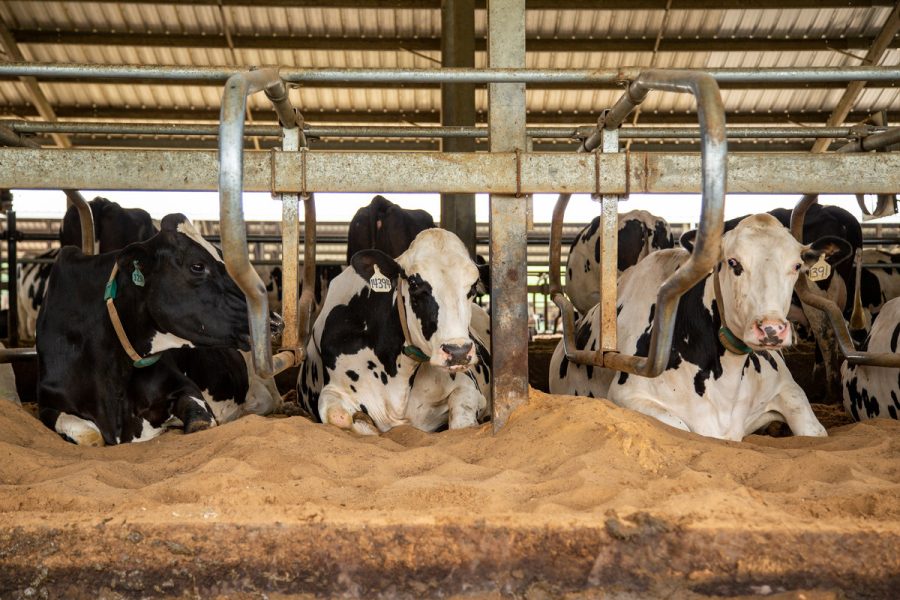How does mild winter enhance US milk production? What awaits dairy farmers in 2025? Find out now.
Summary:
The U.S. dairy industry has kicked off 2025 positively, fueled by mild winter weather that has boosted milk production. However, this favorable trend faces potential disruption with the looming cold snap, which could increase operational challenges and costs. Despite the weather risks, dairy farms benefit from strong profitability, aided by effective strategies and insights from the Dairy Margin Coverage Program. Advances in genetics and improved management have elevated milk quality, particularly in fat content, leading to surplus cream impacting butter market prices amid the holiday slowdown. Meanwhile, nonfat dry milk prices are close to global levels, enhancing U.S. market competitiveness, and the cheese sector is gaining strength with higher prices and new capacity expansions anticipated. As feed costs fluctuate, farmers must stay vigilant to capitalize on these opportunities and navigate the coming year’s challenges.
Key Takeaways:
- Current mild winter conditions have improved milk production across many U.S. regions, but forecasted cold weather may pose challenges.
- The Dairy Margin Coverage program shows strong profitability despite recent declines, offering a favorable outlook for producers.
- High component levels in milk have bolstered the efficiency and output of dairy products, a trend expected to continue.
- An excess of cream due to slowed holiday churning has affected butter market dynamics, yet demand remains steady.
- Nonfat dry milk prices have decreased, aligning closer with international competitors and enhancing U.S. export competitiveness.
- The cheese market shows strength with increasing prices, underpinned by robust holiday demand and anticipated production capacity growth.
- Whey market stability is likely, with trends suggesting a focus on high-protein products impacting supply and pricing.
- Feed costs have been driven down by soybean meal prices, aiding dairy producer margins despite fluctuations in corn prices.
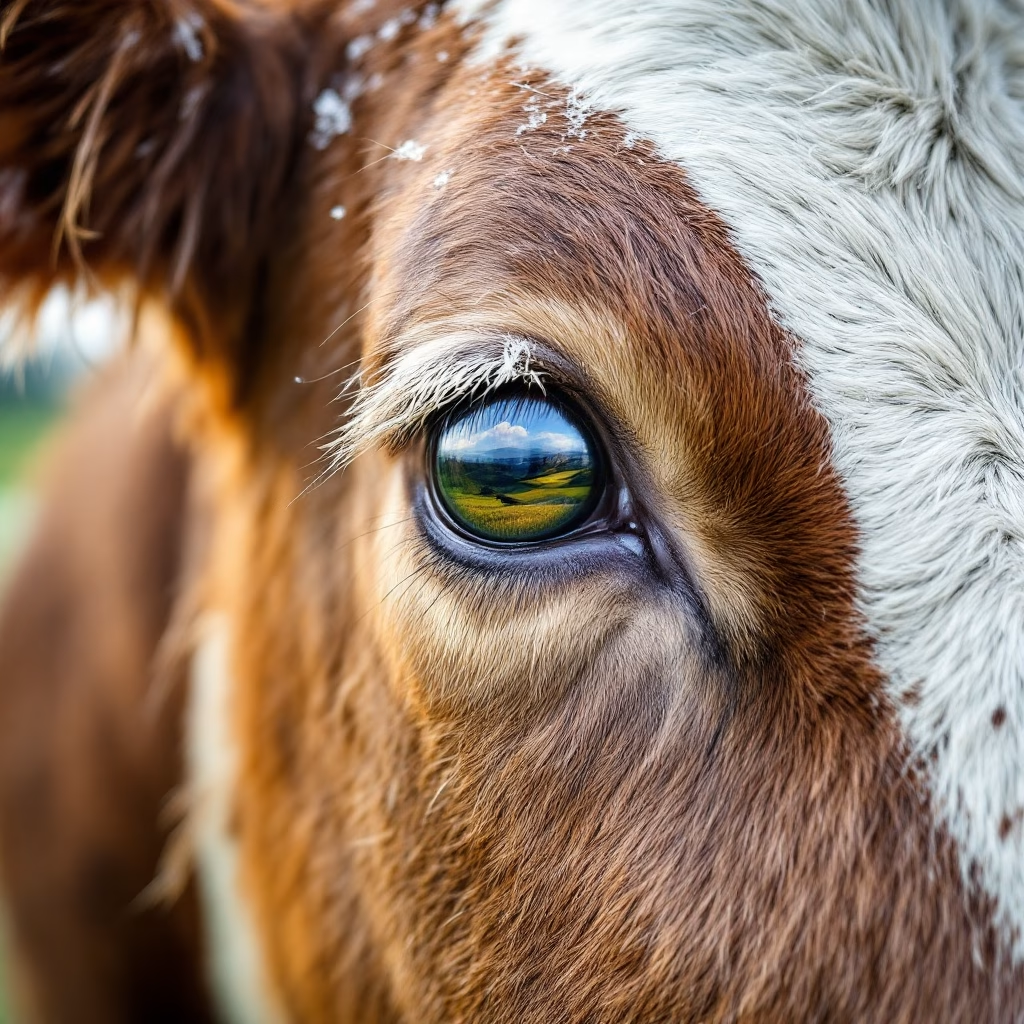
The mild weather in the U.S. this winter is helping dairy areas make more milk. Since it has stayed above freezing, cows are doing well, and farmers are looking forward to a good start to 2025. Because this winter has been unusually warm, dairy farmers are making more milk, which is suitable for the industry and makes more money. Staying informed about current developments in the industry enables professionals to address challenges effectively and capitalize on emerging opportunities.
As the first report of the year surfaces, dairy farmers and industry stakeholders must clearly understand the current market conditions and trends. The following table offers a snapshot of key dairy market statistics for the week ending January 3, 2025, shedding light on the production, pricing, and feed cost dynamics:
| Category | Measure | Current Value | Change |
|---|---|---|---|
| Milk Production | Million Cwt | 19.6 | +0.5% |
| All-Milk Price | $/Cwt | 24.20 | -1.00 |
| Butter Price | $/lb | 2.5525 | -2.25¢ |
| Nonfat Dry Milk Price | $/lb | 1.3675 | -2.00¢ |
| Cheddar Blocks | $/lb | 1.92 | +4.75¢ |
| Dry Whey Price | $/lb | 0.75 | Stable |
| Composite Feed Price | $/Cwt | 9.91 | -12¢ |
Mild Winter Weather Boosting U.S. Dairy Production, But Cold Snap Looms
As 2025 begins, mild winter weather has created favorable conditions for U.S. dairy farms. Warmer temperatures have reduced challenges like high heating costs and livestock stress, helping boost milk production. Farmers are taking advantage of this by keeping herds comfortable and productive.
Despite the current benefits of warm weather, the forecast of colder temperatures poses potential challenges, including increased costs and operational disruptions. Icy weather might affect transportation and cause stress for livestock, potentially lowering dairy output.
The dairy sector must prepare for the predicted colder temperatures by ensuring animals have good shelter and enough feed to maintain a positive start to the year. Additionally, farmers could consider investing in heating solutions or adjusting their feeding schedules to mitigate the potential increase in costs and disruptions to operations.
Balancing Profitability and Caution: Insights from the Dairy Margin Coverage Program
The Dairy Margin Coverage (DMC) program highlights the current balance of opportunity and caution in the dairy sector. Despite an 88¢ drop from October, the $14.29/cwt margin is noteworthy as one of the highest since the DMC began in 2019, supporting dairy farmers despite fluctuations.
The $14.29/cwt margin reflects changes in feed costs and milk prices. The decrease is primarily because the overall price of milk, which dropped to $24.20 per hundredweight in November, decreased by a dollar. Yet, these prices remain solid compared to past trends, reassuring producers familiar with volatile markets.
This situation suggests a positive financial outlook for dairy producers, encouraging production growth. Stable feed costs, supported by efficient soybean and hay prices, have led to strong margins that could facilitate sector expansion. The strength of producer profitability invites questions: How will global market conditions affect these margins? Will domestic demand continue to uphold profitability? As producers chart their paths, the industry remains alert to these crucial economic cues.
Genetic Innovations and Management Strategies Elevate Milk Quality and Industry Profitability
The quality of milk production has dramatically improved over the past year, a testament to the industry’s commitment to excellence. This is due to higher levels of components, especially fat. The industry uses new genetic technologies and creative management techniques to improve milk solids.
Producers use selective breeding to focus on genetic lines that produce milk with higher fat and protein content. Better management methods, such as controlling the environment and feeding animals correctly, support these plans and improve the milk.
These changes make milk production more efficient and increase the production of dairy products. More cheese and butter can be made when milk solids are higher, which is good for both profits and the environment.
It is imperative to increase component levels in milk production. A more prosperous milk composition will help productivity and economic stability even if milk yield changes. As new genetic and management ideas spread, they promise a bright future for a wide range of dairy products and a strong market.
Unprecedented Cream Surplus Challenges Butter Market Dynamics During Holiday Season
Dairy producers have increased milk fat content, leading to high cream supplies. However, the holidays have slowed churning activities, making abundant cream abundantly available and influencing pricing strategies.
The high cream supply means manufacturers face a surplus, lowering prices. This requires quick market adjustments to handle excess cream.
On the demand side, butter remains popular, with steady retail and food service use. This ongoing demand helps balance the market despite the cream surplus.
Over the trading week, butter prices fell slightly by 2.25¢, ending at $2.5525/lb. The ample cream supply influenced this drop, impacting pricing.
The cream and butter markets demonstrate the necessity for swift reactions to market forces that demand immediate adjustments. Cream stocks may be absorbed as operations return to normal after the holidays, stabilizing prices. Continued strong butter demand offers hope for a price recovery soon.
Nonfat Dry Milk Prices Near Global Parity, U.S. Markets Gain Competitiveness
The nonfat dry milk (NDM) market is seeing significant shifts, with U.S. prices moving closer to global levels. This makes U.S. NDM more attractive internationally. Spot prices at the Chicago Mercantile Exchange (CME) dropped slightly by 2¢ during the trading week, ending at $1.3675 per pound. This aligns the U.S. market with recent skim milk powder prices globally, considering protein content adjustments.
This change in pricing enhances the competitiveness of U.S. products in the market. By closing the gap with international markets, U.S. NDM becomes a more substantial option for global buyers, especially where prices are crucial. This change allows U.S. producers to capture markets once dominated by regions like the European Union, where prices are about 10 cents lower.
Yet, strong domestic demand for Class III products in 2025 could divert milk from drying into cheese production, tightening the NDM supply. This domestic demand might restrict U.S. global market expansion despite competitive pricing.
Cheese Market Gains Momentum with Rising Prices and Anticipated Capacity Expansions
The new year has brought momentum to the cheese market. Cheddar blocks increased by 4.75 cents to $1.92 per pound, a two-month high. Barrels also rose by 6.25 cents to $1.83 per pound, with a 4-cent jump on Monday.
Retail cheese demand remains strong post-holidays as people continue enjoying cheese-rich meals. However, food service demand has dipped slightly. Despite this, manufacturers are aligning production with retail demand.
Looking ahead, 2025 promises significant growth in cheese production capacity in the U.S., set to boost the market further with more excellent distribution opportunities. As production increases, a rise in the whey stream is expected. However, the focus may shift towards high-protein products, affecting dry whey output.
In general, the cheese market is experiencing significant growth and success. Holiday demand and expansions create optimism, positioning U.S. cheese domestically and globally competitively.
Anticipated Whey Output Surge: High-Protein Trends Set to Shape Market Dynamics
The expected increase in cheese production for 2025 will significantly impact the whey market. As cheese manufacturers grow, more whey will be available, following the trend of 2024, and will be directed towards high-protein manufacturing.
Last year’s data show that consumer demand for protein-rich foods caused manufacturers to focus on high-protein whey, reducing standard dry whey production. This shift will likely continue, keeping the supply of dry whey limited and prices stable.
While overall whey production rises with more cheese, dry whey market fluctuations may be minimal.
Navigating Feed Cost Variabilities: Opportunities and Challenges for Dairy Producers
In 2024, feed costs for dairy producers fluctuated, influenced by key components like soybean meal, alfalfa hay, and corn. By November, soybean meal dropped to $316.18 per ton, a $26.67 decrease due to better production forecasts in South America. Alfalfa hay prices also eased slightly to $235 per ton.
Conversely, corn prices increased by 8¢ to $4.07 per bushel, offsetting some savings from other feeds. Overall, feed costs stayed favorable, helping producer margins and financial stability.
As 2025 begins, feed supply looks promising if current conditions hold, supporting profitability and growth. Still, producers should watch global trends and weather, which can quickly change prices and availability.
The Bottom Line
As 2025 begins, the U.S. dairy industry faces both opportunities and challenges. Mild winter weather has boosted milk production, but cold fronts could disrupt progress. Advances in genetics and management have improved milk quality, leading to profitability despite market shifts. Dairy producers face the complexity of feed cost changes, which present challenges and opportunities for strong margins.
Opportunities exist for efficiencies in milk solid production, potential global market competitiveness through strategic pricing, and expected growth in cheese and high-protein products. However, it is crucial to remain vigilant against disruptions from weather or health issues and changing market demands.
We invite you to consider how these insights affect your operations. What strategies will you use to mitigate risks and seize new opportunities? Share your thoughts with the community. Stay informed and involved, and monitor dairy market trends to make informed decisions for your farm.
You can engage further by commenting, subscribing to updates, and joining discussions on our social media platforms. Your insights are valuable as we navigate the 2025 dairy market together.
Learn more:
- Navigating the Waves: Dairy Producers Defy Challenges to Keep Barns Full Amid Soaring Milk Prices and Adverse Conditions
- Is the Summer Heat Finally Over? Dairy Farmers See Milk Production Stabilize, but Challenges Remain!
- Will Favorable Margins Propel U.S. Milk Production to New Heights?
 Join the Revolution!
Join the Revolution!
Bullvine Daily is your essential e-zine for staying ahead in the dairy industry. With over 30,000 subscribers, we bring you the week’s top news, helping you manage tasks efficiently. Stay informed about milk production, tech adoption, and more, so you can concentrate on your dairy operations.







 Join the Revolution!
Join the Revolution!








